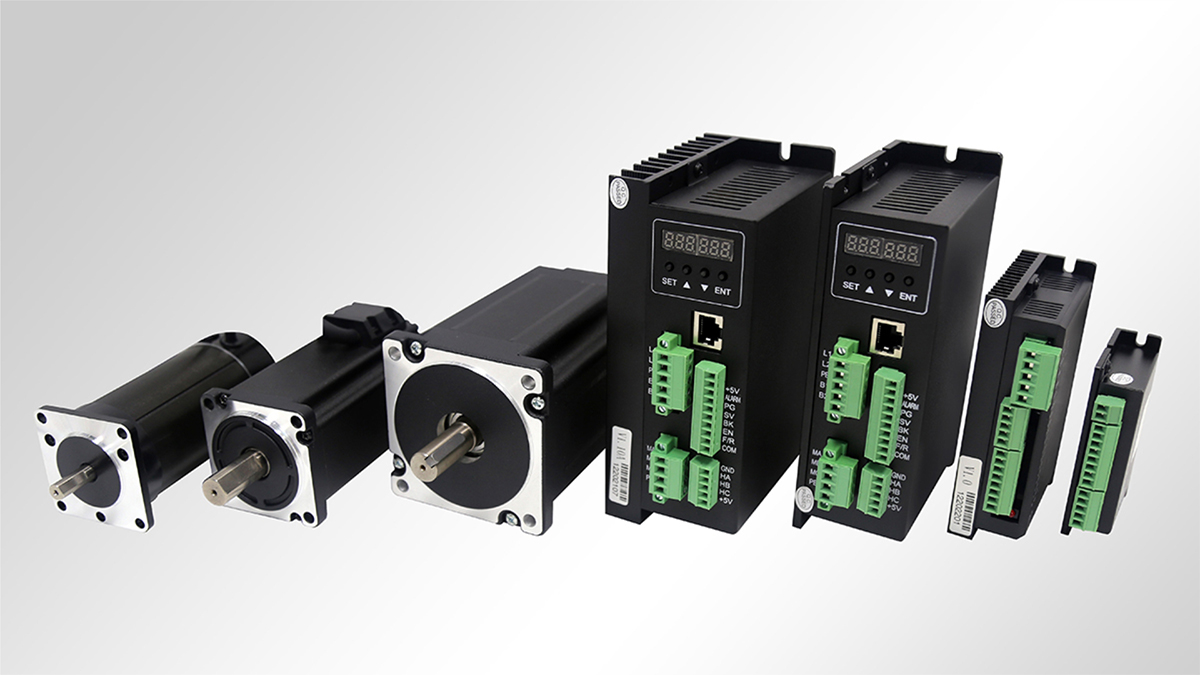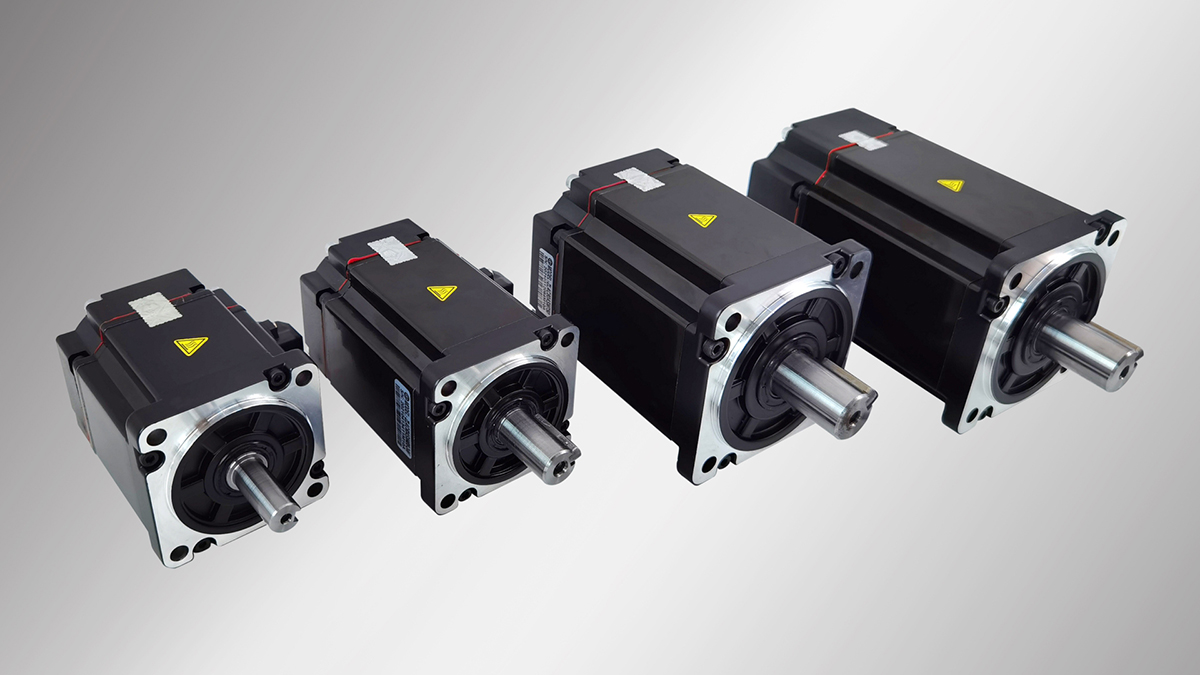In the fields of industrial automation and precision control, brushless motor and servo motor are common choices, but many users are often confused about the difference between the two motors when making a purchase. This article will provide a detailed analysis of the core differences between brushless motor and servo motor, helping you make informed purchasing decisions.
1. Basic Concept Analysis
Brushless motor uses electronic commutation technology to replace the mechanical commutation device of traditional brushed motor, and achieves precise switching of winding current through a controller. It has the characteristics of high efficiency, long life, and low maintenance.
Servo motor is a complete motion control system that includes motor (which may be brushed, brushless, or other types), encoder, controller, and drive circuit, capable of achieving precise position, speed, and torque control.
2. Core performance comparison
①Control accuracy
-Servo motor: usually equipped with high-resolution encoder (up to 23 bits), position control accuracy can reach ± 1 arc minute.
-Brushless motor: There is no position feedback during open-loop control, and the accuracy of the closed-loop version depends on the encoder level (usually 16-20 bits).
②Dynamic response
-Servo system: The bandwidth is usually 500Hz-1.5kHz, and the acceleration can reac 10000 rad/s².
-Brushless motor: The response speed depends on the driver and is generally lower than that of the servo system.
③Overload capacity
-Servo motor: short-term overload capacity can reach 300% of rated torque
-Brushless motor: usually designed for continuous operation with limited overload capacity
3. Application scenario analysis
Typical scenarios for selecting servo motor:
-CNC machine tools that require sub millimeter level positioning accuracy
-Industrial robots for high-speed picking and placing operations
-Multi axis linkage system with high synchronization requirements
-In situations where real-time adjustment of motion parameters is required
More suitable fields for brushless motor:
-Continuous operation of ventilation equipment and pumps
-Electric tools, drone propulsion systems
-Large scale consumer electronics products that are cost sensitive
-Conveyor belt drive with medium precision requirements
4. Cost and maintenance considerations
The initial investment of servo systems is usually 30-50% higher than that of brushless motors, but considering their integrated design and fault diagnosis capabilities, the total cost of ownership may be lower in complex applications. Brushless motors have a simple structure and extremely low maintenance costs, making them particularly suitable for distributed installation scenarios.
5. Technological development trends
With the advancement of technology, the boundary between the two is blurring:
-High end brushless drives begin to integrate basic servo functions
-The new generation servo system uses brushless motor as the actuator
-Shared control algorithms and communication protocols (such as EtherCAT)
Conclusion
There is no absolute ‘better’, only ‘more suitable’. It is recommended that users consider comprehensively when selecting:
①Actual accuracy requirements
②Dynamic performance indicators
③System integration complexity
④Project budget cycle
⑤Future expansion needs
Shenzhen ZhongLing Technology Co., Ltd has been deeply involved in the brushless motor and servo motor industry for many years, integrating research and development, production, and sales. Its products are globally renowned and have an excellent reputation, making significant contributions to the development of the industrial automation industry. If you need specific motor selection suggestions for your application, please feel free to contact the technical sales team of Zhongling Technology. The sales elites of Zhongling Technology will provide customized solutions based on actual operating parameters. For more details, please refer to www.robotmotor.com.
Post time: Apr-08-2025


